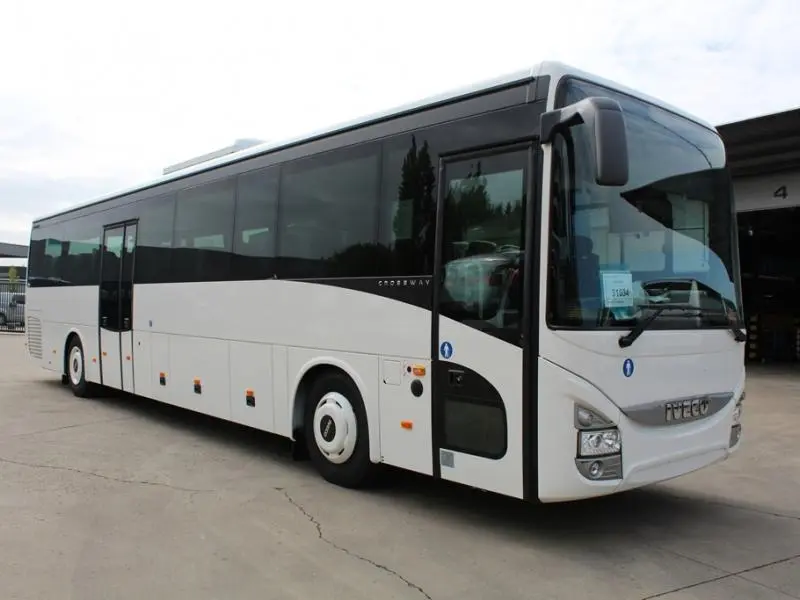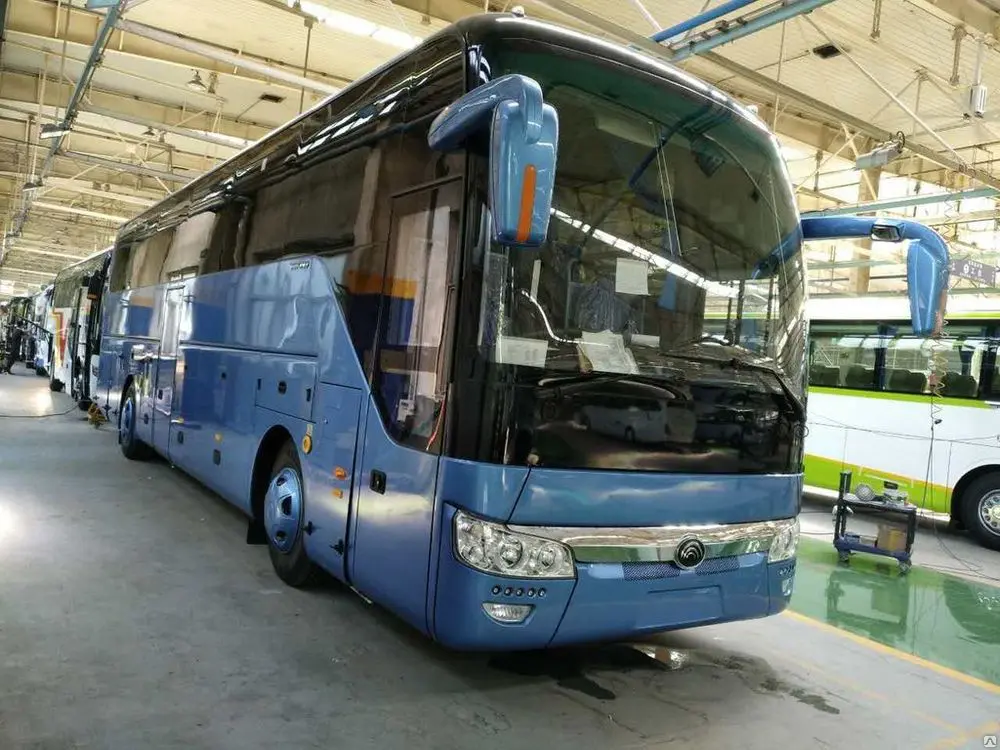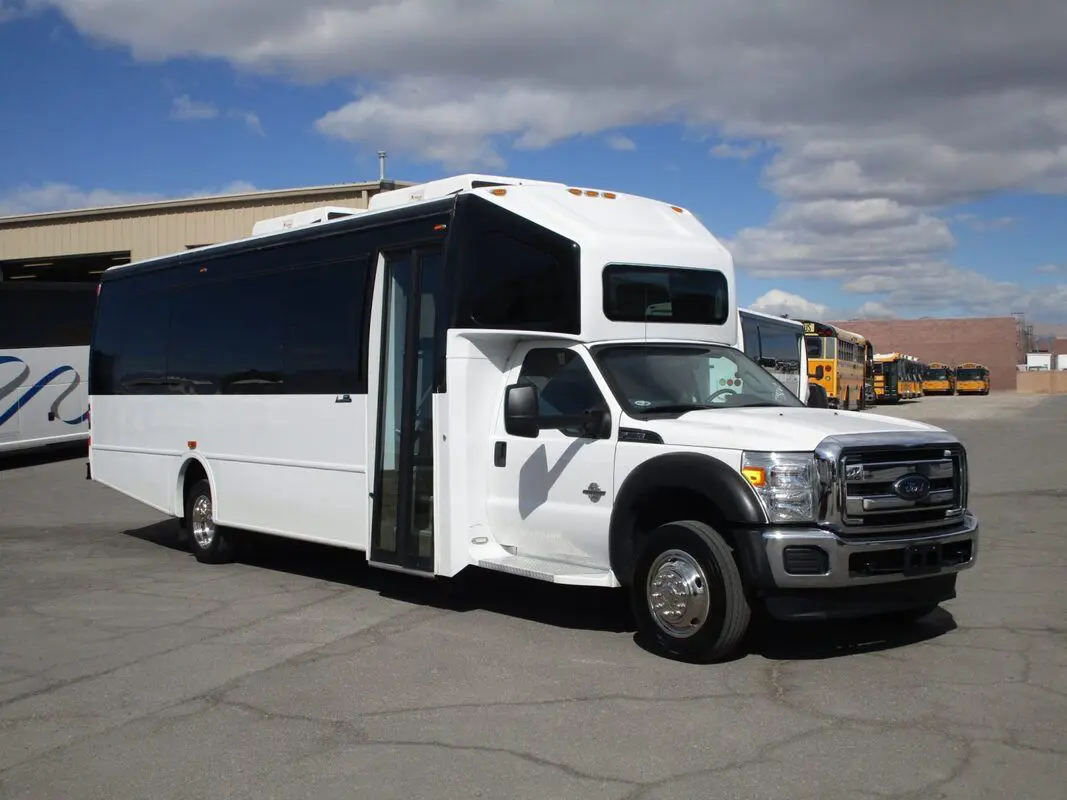- Lock In Your Dream Ride
Any Vehicle, Just in $100 to Reserve
Our fleet offers a wide range of high-end vehicles, including the latest exotic and luxurious models. Choose from our striking selection, BMWs, SUVs, and other premium classics for an unforgettable evening.
Get Instant Quote

















What Our Clients Say
Real experiences from real customers who trusted us with their special moments
GOODTrustindex verifies that the original source of the review is Google. Thanks for your lovely service Falcon team.Posted onTrustindex verifies that the original source of the review is Google. Posted onTrustindex verifies that the original source of the review is Google. Last day i used for my sister wedding. Service was too good.Posted onTrustindex verifies that the original source of the review is Google. i used their Limo Party Bus for my birthday party. it was great experience. Car was super clean and driver was very cool.Posted onTrustindex verifies that the original source of the review is Google. I am very happy for your service and your management.Posted onTrustindex verifies that the original source of the review is Google. We had a fantastic trip working with falcon. The 30 passenger bus was well maintained, comfortable, and safe. Our driver was cordial, professional, responsive, and helpful.Posted onTrustindex verifies that the original source of the review is Google. I used FALCON Limo Service for my wedding day! We reserved 2 different vehicles from them with different pickup and drop off times throughout the day, and each driver was prompt and on time. My husband and I was happy with the service we received and highly recommend this company.Posted onTrustindex verifies that the original source of the review is Google. We had a great experience and the driver was kind and helpful. We're thinking of doing the same trip in March. I definitely will use your service again.Posted onTrustindex verifies that the original source of the review is Google. Great service. Very easy to schedule, right on time and nice driver and car. Recommended.
Why Choose Falcon Tour Travel
Enjoy seamless booking, a vast luxury fleet, skilled professionals, and secure online payments—all designed for a stress-free travel experience.
Seamless Online Booking
We are a 24/7 convenient limo service provider where you can book any of your favorite models from a wide range of cars in New York City.
Trained Professionals
At Falcon Tour Travel, you will deal with a team that is highly professional, proficient and is trained well to make you the most comfortable and satisfied during all our dealings.
A Vast Fleet of Vehicles
As we deal with an extensive range of vehicles, you can choose to drive your evening or night away in any high-end car you’ve been dreaming of - from Sedans to party vehicles, we can take care of all your demands!
Online Payment
In order to secure your limo rental reservation with Falcon House Travel, a 50% deposit is required. For your convenience, our SSL secure payment getaway system accepts all major credit cards.
Discover The Nearest Limousine Rental Service
Renting a limo is not a bothersome task anymore, as we offer exotic transportation services all around the USA. Just type in “limo service near me” and click on Falcon Tour Travel – the expert limo service provider and we will come for you right away!
Let Us Take Care of All Your Needs
In case you’re bored of riding in your old-fashioned car and want to taste the excitement of driving away in an exotic vehicle – we are the right place to look for your limo rental car! Tell us what car makes you feel the most alive and we will arrange it for you.
We Offer Much More Than Just Limos
At Falcon Tour travel, you can find a variety of luxury cars that are not only limos, but also modern Sedans, exotic busses, and lavish party vehicles.
POPULAR SERVICES
Falcon Tour Travel is committed to your comfort and satisfaction, offering an exceptional limousine rental experience. Prefer something else? Choose from our wide range of luxury cars and arrive at any wedding, party, or prom in celebrity style. Contact us by phone, email, or live chat on our website.

Wedding Service
Make your big day simple, smooth, and stress-free with luxury party buses.

Birthday Party
Celebrate with style and enjoy a fun, comfortable group ride across NYC.


Corporate Transport
Reliable group transportation for meetings, events, and corporate travel.

Bachelor Party
Kick off your celebration with premium buses, music, and unforgettable vibes.

Night Out
Have a relaxed night out with reliable, citywide group transportation in NYC.
























